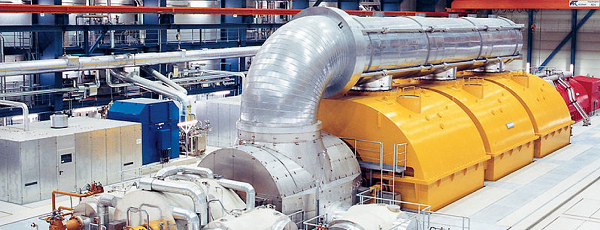Transient Stability Analysis
 Transient stability analysis – In past days, system stability was regarded as a problem of electric utility engineers but the future is moving towards deregulated power system. This leads to the emergence of small independent power producers (IPPs) and co-generation (co-gen) companies where they produce power for industrial and commercial facilities by installing local generation units. Hence, stability study is the area of interest in power system studies from the perspective of both utility and IPP/co-gen companies.
Transient stability analysis – In past days, system stability was regarded as a problem of electric utility engineers but the future is moving towards deregulated power system. This leads to the emergence of small independent power producers (IPPs) and co-generation (co-gen) companies where they produce power for industrial and commercial facilities by installing local generation units. Hence, stability study is the area of interest in power system studies from the perspective of both utility and IPP/co-gen companies.
Stability is the concern of the power system behaviour when subjected to a transient disturbance whether the disturbance may be small or large. It is the property of a power system that enables it to remain in a state of operating equilibrium under normal operating conditions and to regain an acceptable state of equilibrium after being subjected to a disturbance.
Transient Stability involves the study of the power system following a major disturbance where the synchronous alternator’s power (load) angle changes due to sudden acceleration of the rotor shaft.
Objective of Transient Stability
Outcome
After completing this study, a participant will have a knowledge
REFERENCE
- IEEE Std 399-1997 IEEE Recommended Practice for Industrial and Commercial Power Systems Analysis
- Power System Stability and Control” by Prabha Kundur
